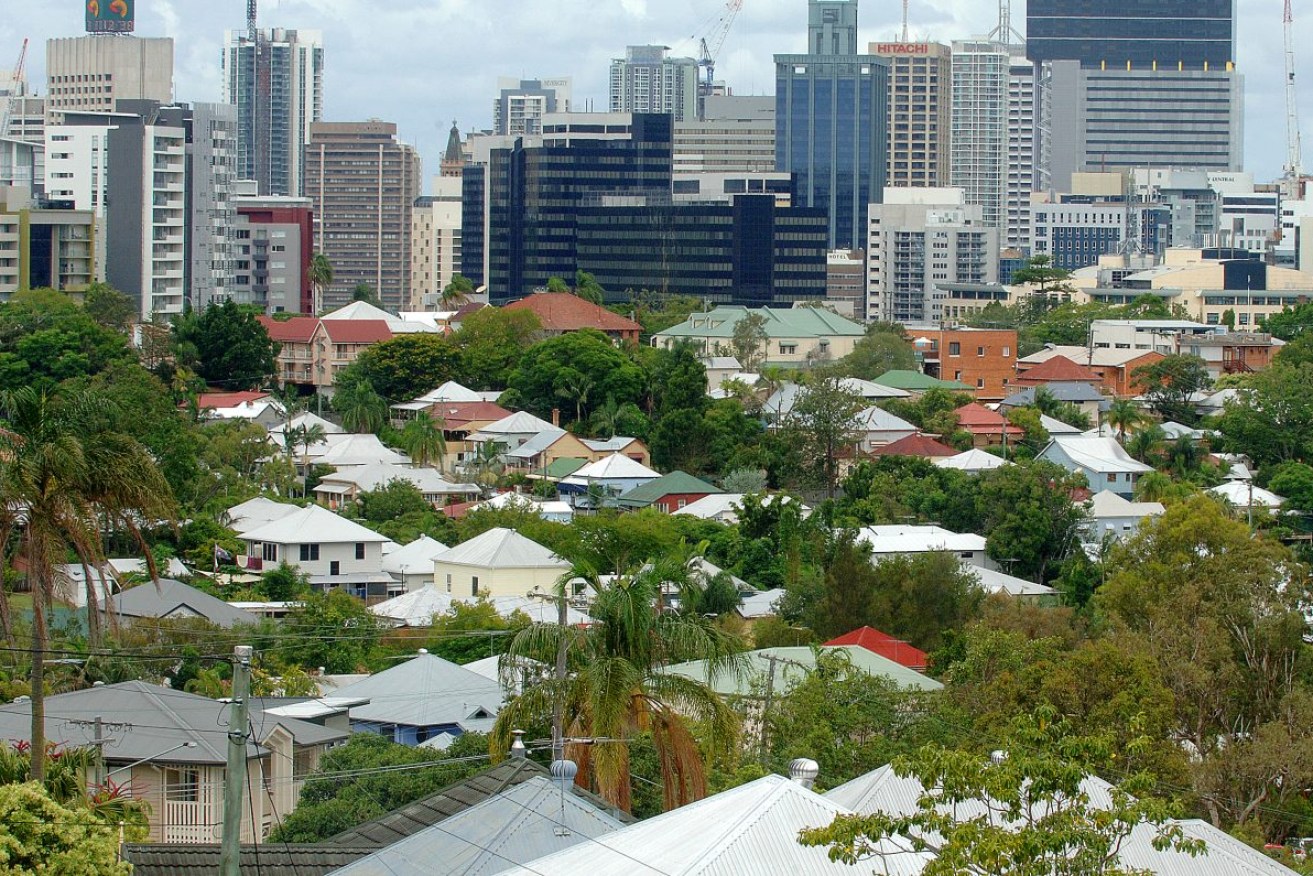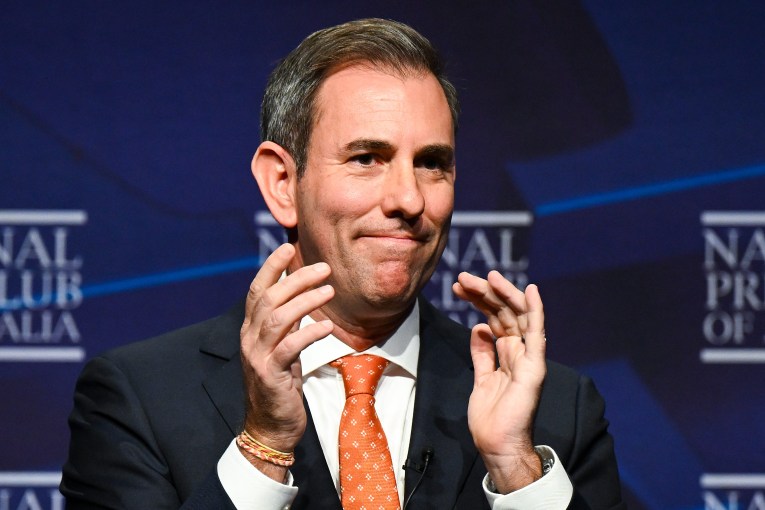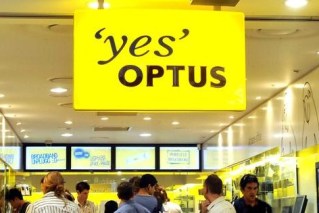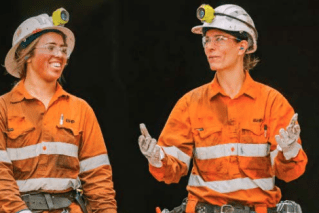Brisbane house price growth to lead the nation but good luck finding one
The NAB has predicted strong price growth in Australian housing, led by Brisbane in 2023 with a 12 per cent rise and 6.5 per cent next year.


Brisbane suburban housing near the city. (AAP Image/Dave Hunt, file)
The bad news was the lack of houses on the market and a predicted interest rate rise in November, with inflation likely to be the main driver.
The market is also still battling crippling price increases in building materials.
The predicted dwelling price increases follow a rollercoaster ride for the two previous years when prices jumped 31 per cent in Brisbane in 2021, followed by a 1.9 per cent fall in 2022.
All the other capitals, except for Hobart, would show strong growth. Perth and Sydney would be closest to Brisbane with rises of 11.9 per cent and 11.6 per cent, respectively.
Next year would produce weaker growth in Brisbane (6.5 per cent), but it would still be ahead of the nation.
“We have revised up our outlook for dwelling prices in the near-term, expecting the CoreLogic eight-capital city dwelling price index to end up around 8 per cent following the slightly stronger than expected outcomes over recent months and the expectation that this will continue in the near term,” Oster said.
“For 2024, we expect prices to rise by around 5 per cent with population growth, rents growth and the labour market still supporting, offset by some pressure from the ongoing flow-through of interest rates.
“More broadly, we expect the impact of higher rates and inflation to continue to see sluggish growth in consumer demand and below trend growth to see some easing in the labour market pressures and for inflation to continue to moderate back towards the RBA’s target band over the next year or so.”
Oster said interest ates would fall in the second half of 2024 back to a neutral level where they had no contractionary or inflationary impact on the economy.
The bank said foreign buyers were returning to the market, but this was mostly in NSW and Victoria. It was still below trend in Brisbane.
A lack of stock was now seen as the next biggest hurdle for buyers overall and in Queensland it was regarded as main impediment to home buyers.
Job security was the lowest concern among Queenslanders.
He said the CoreLogic eight-capital city dwelling price was already up 8 per cent since January, almost wiping out the losses of the previous nine months.
Regional prices had risen by less.
“Conditions on the supply side appear to be improving with some easing in labour and material shortages evident in our business surveys, though the cost of materials remains around 30 per cent higher than pre-pandemic,” Oster said.
Home completions were tracking at about 170,000 a year, which was well below implied demand of 220,000.
The bank said rents would also remain high, but growth was easing off and an overwhelming number of real estate professionals assessed their local markets as undersupplied.












